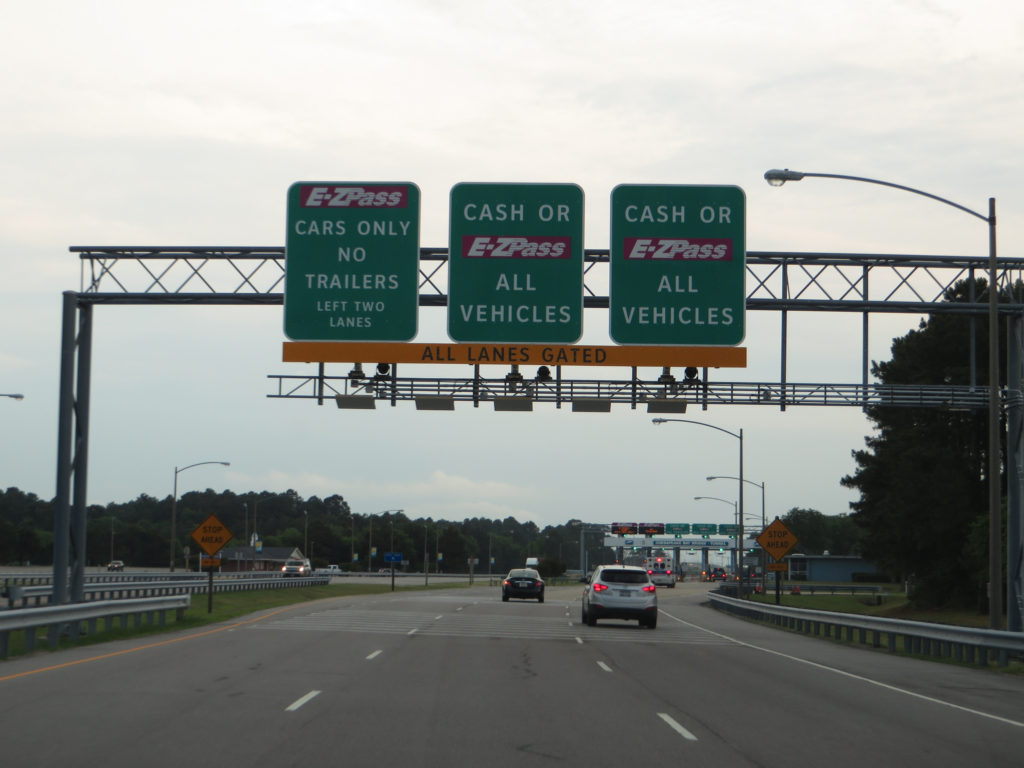Data on the new HOV hours and tolls for solo drivers on I-66 has been released after six months of the new program and it’s good news! Well…it’s not really good news. Actually, it’s quite disappointing news.
In April, average rush-hour travel times on I-66 inside the Beltway were slower eastbound between 8 a.m. and 9 a.m. than in April 2017. The slowdown, experts believe, are because that the tolls may not be “high enough” to deter enough solo drivers to stay out of the lanes to keep traffic moving. After tolls peaked at $47 earlier this year, one can only question of what exactly a price high enough may actually be.
The Virginia Department of Transportation (VDOT) says that trips around the Northern Virginia area were faster outside of the previous HOV hours in the morning and afternoon. Though, this is due to the fact that fewer drivers are allowed to travel during those times.
WTOP reports that although speeds improved slightly on Route 7, traffic on the George Washington Parkway has increased dramatically compared to a year ago. This will also be exacerbated by the summer construction.
After 7 a.m., the southbound lanes are slower than in the past, adding more than five minutes onto many commutes into Washington, D.C. Northbound in the afternoon coming out of the capital, the slowdowns generally add a minute or two on average trips.
Furthermore, trips on Route 50 were slower this April than last year, and while trips on Route 29 were slightly faster at times in the morning, they were significantly slower over the entire afternoon rush.
When it comes to construction on routes throughout Northern Virginia, there will be more delays on I-66 as construction begins on two toll lanes in each direction outside the Capital Beltway to Gainesville. There is also a widening project inside the Beltway between the Dulles Connector Road and Ballston due to finish in 2020.
Long-term nighttime lane closures will assist in lessening construction traffic, but concrete barriers and lane shifts will be in place for more than a year alongside the work zone that is likely to cause some slowdowns.
The average toll prices climbing higher, the price paid for an eastbound toll in the morning when including trips on only segments of the road is now $9.27. VDOT said 1,971 drivers out of 676,840 total paid $40 or more in April.
Average eastbound speeds in April also bottomed out below 35 mph just after 8:30 a.m.
“I don’t want to say I’m happy, but I’m content. I think it’s working as we planned,” said Governor Ralph Northam.
He added, “…we don’t want to put a burden on individuals any more than we have to, but what we need to do at the end of the day is move people, and that’s what the tolls were intended to do, and we feel that that’s working fairly well,” Northam said.
For the tweaking of the algorithms, toll prices are likely to continue increasing. If the have the same effect has the have in the past, drivers are likely to be travelling slower, paying more to get work inside the Beltway.

